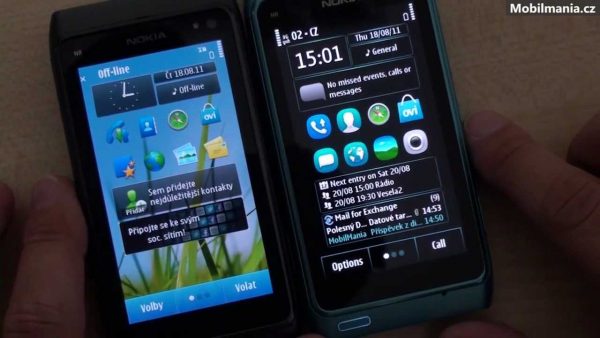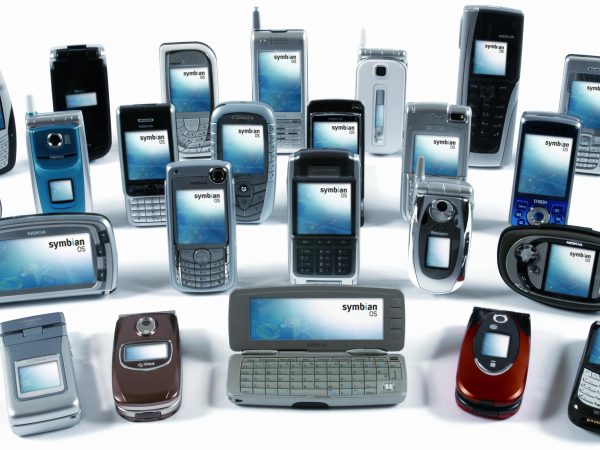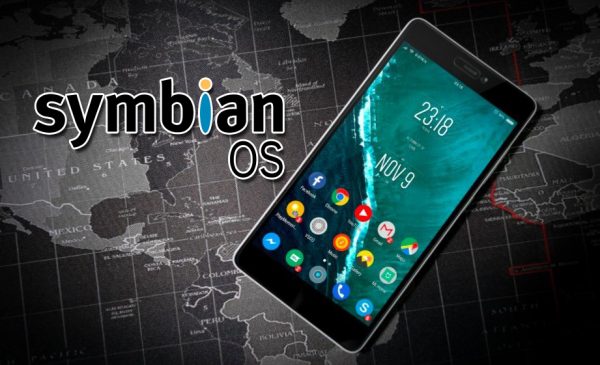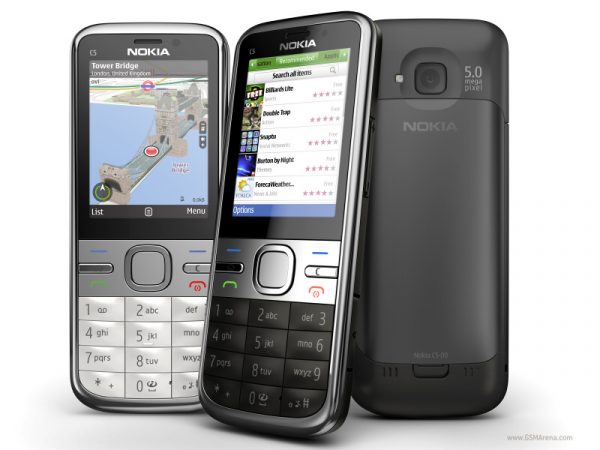Long before the reign of Android and iOS, smartphones used to run on the now-defunct operating system Symbian OS.
As the pioneer for the smartphone industry, Symbian was the most popular OS during its time. This is partly due to its lack of competitors. Its sizeable market share continued to grow for years until its ultimate demise a few years later.
So how did Symbian become obsolete if it was so successful in the past? Let’s take a look at its history.
History Of Symbian OS
Psion Software was a company that manufactured handheld computers, particularly personal digital assistants (PDAs). Later on, as a joint venture between phone manufacturer giants Nokia, Motorola, and Sony Ericsson, Psion Software became Symbian Ltd in 1998.
At the time of its launch, the os had no major competitors. Palm OS and Windows Mobile were available, but both weren’t as popular as Symbian. By 2006, its global market share went as high as 67%. It became the most widely used smartphone OS at the time.

Symbian Features
Below are the features of Symbian for its smartphones:
Browser
Older Symbian models used Opera Mobile as the default browser. However, earlier versions of Symbian also had a built-in WebKit-based browser. For the S60 platform, the default browser was called Web Browser for S60, then was later renamed to Nokia Browser for the os.
User Interface
S60 was specifically designed to be used for a keyboard-based device. However, the Qt framework is now being reworked into new applications. When more and more apps will feature Qt in its UI, S60 will eventually be deprecated.
Nokia currently advises developers to use the UI and scripting framework Qt Quick with QML, allowing them to create rich touchscreen interfaces.
App development
Symbian uses the standard programming language C++ with Qt as the main SDK. Alternatively, Python can be used to develop apps, as well as Java ME or Adobe Flash Lite. It supports MeeGo, Maemo, Windows, Linux, and Mac OS X.
Multiple language support
In order to support global distribution, the os enabled third-party developers to localize their products. The current Symbian release supports 48 languages.
Devices Using Symbian OS

Symbian was developed for keyboard-based devices as well as those that use the stylus. It was also used for flip phones and candy bars. Popular phone models that used Symbian included the following:
- Nokia 9300, N95, 5530 XpressMusic
- Motorola M1000, RIZR Z10, A1010
- Samsung SGH-G810, SGH-i550w
- Sony Ericsson P990, G900, Vivaz Pro
Japanese mobile phone makers were also big users of this OS. Some well-known phone models that used to run on it were:
- Fujitsu F-022
- Fujitsu F2051
- Mitsubishi FOMA D905i
- Mitsubishi D705i
- Sharp SH904i
The Downfall Of Symbian

Although its future looked promising based on its growing popularity and sky-high market shares, the os was headed for its demise. When iOS rolled out in 2007 and Android launched in 2008, Symbian’s time in the market was already ticking.
There were several reasons that led to the discontinuance of Symbian:
- Native programming languages OPL and Symbian C++, and the OS itself, are very complex.
- IDEs and SDKs were extremely high-priced, which was detrimental to small and independent developers.
- Its fragmentation discouraged third-party developers and prevented it to scale further.
Capacitive touchscreen smartphones were slowly replacing the clunky, Symbian-run phones.
Compared to Symbian, iOS and Android were more superior platforms for delivering apps. They were both simpler and fresher, with better UI and UX. Plus, Android and iOS were designed for smartphones that used fingers to navigate instead of a stylus.
All of these factors contributed to the steady fall of Symbian’s market share, dropping at only 31% in 2010. Nokia, its main user, received the biggest blow from its loss.
Symbian In 2020

To keep up with the modern times and its thriving competitors, Nokia had to make developments to Symbian OS.
The first attempt to salvage the os was the development of a touchscreen-based platform. It combined the technologies from S60, UIQ, and MOAP to create a unified touch system for new smartphones.
However, devices that used this platform still lacked the touch-centric capacity. Thus, the Symbian^3, developed in 2010, featured faster graphics, multiple screens, and widget support. But it was too late by this time since its sales were continually dropping.
The last effort to save the os was when Nokia released Anna, followed by Belle. It featured an increase in browsing speed, rounded icons, improved text inputs, widget customization, home screens, pull-down status screen, and Near Field Connectivity (NFC).
Sadly, these features were already long introduced by its competitors. Nokia eventually stopped developing new UIs for Symbian in 2014.
Final Thoughts On Symbian OS
Despite its failure to remain as a top OS for smartphones, Symbian had a good run during its development up until its discontinuance. There are some devices available today which are still running on the os. Resources are also available for download as well, but distribution and maintenance have long been stopped.
Technology is rapidly changing, and it was unable to keep up with the latest advancements. Several factors contributed to its downfall, and it should serve as a lesson to developers today: either you keep innovating, or you’ll become obsolete.
